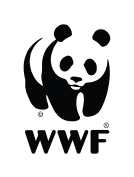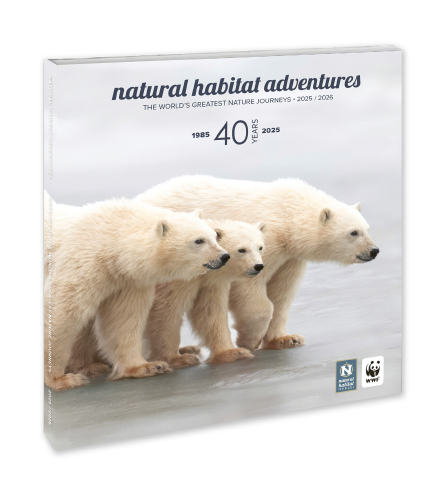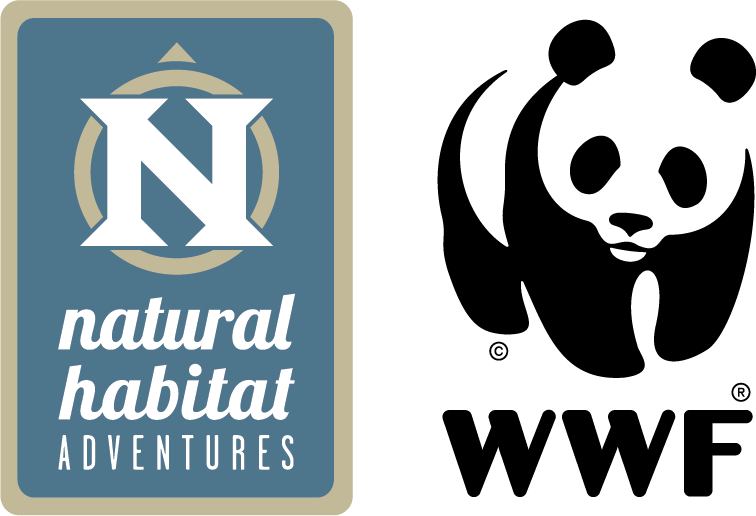Know Before You Go
Weather & Climate in Glacier National Park
Summer weather in this part of the world can be unpredictable. Glacier’s western valleys generally receive the most rainfall, averaging around 2 to 3 inches per month. Daytime temperatures can exceed 90°F, although it is frequently 10 to 15 degrees cooler at higher elevations. Strong winds and sunny days predominate on the east side of the park. Overnight lows throughout the park can drop to near 20°F, and snow can fall anytime—in August of 1992, a foot of snow fell in Glacier.
It is imperative that you come prepared for the possibility of cool or inclement weather, but try not to be dismayed if the weather turns bad. Storms and clouds can add drama. Photographically, days with a high overcast soften the light and reduce harsh contrast; it is the best kind of light for close-ups of flowers and for wildlife.
AVERAGE MONTHLY TEMPERATURES & PRECIPITATION
(in Fahrenheit and inches)
Kalispell

See North America's National Parks On These Tours
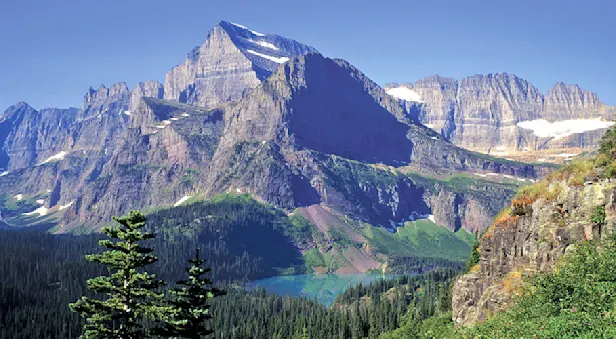
Glacier & Waterton: An International Treasure
Sheer-walled peaks, icy lakes, alpine valleys, summer wildflowers and magnificent wildlife! Discover all the wonders on both sides of the border with naturalist guides who know this land intimately.

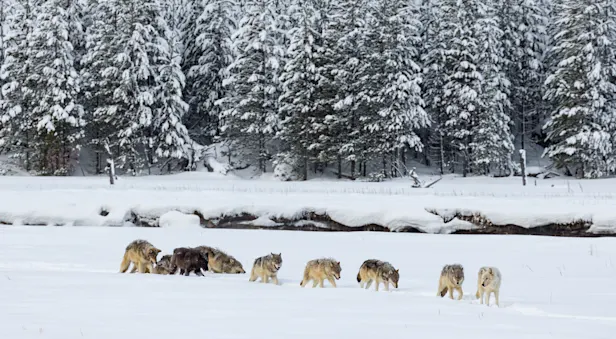
Yellowstone: Ultimate Wolf & Wildlife Safari
Track elusive wolves plus abundant bison, elk, moose and other wildlife, and witness geothermal phenomena amid the snowy splendor of Yellowstone and Grand Teton national parks.

